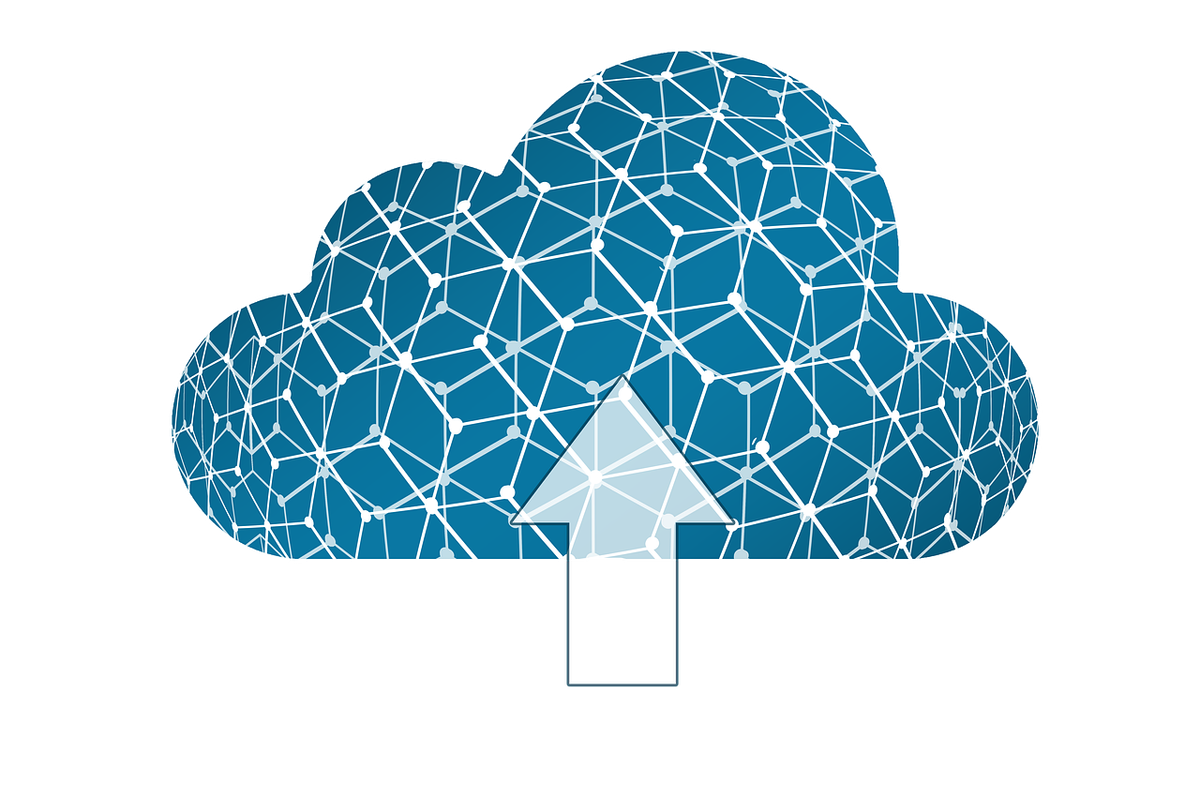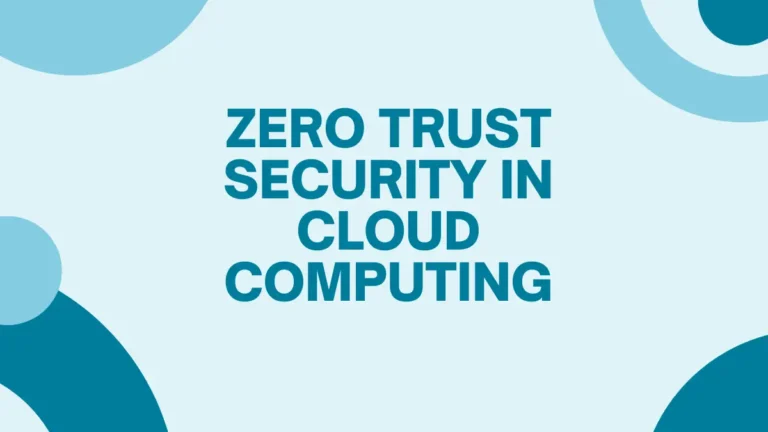Cloud computing continuously becomes a significant avenue for businesses as they continue to connect with their audiences online. As more organizations embrace data-driven business models, new capabilities will be a demand and modern deployment models will continue to develop. Businesses will adapt to these new changes. Thus, they need to become more critical when it comes to choosing the right cloud investments.
Cloud storage exploded in recent years, mostly attributed to the pandemic that pushed businesses to embrace remote work. As the cloud industry adjusts to the growing demands of its market, adapting new technologies is a must. New, future-proof and more reliable cloud technologies are bound to enter the market in the new year ahead.
With that, here are five of the latest and world-changing technologies that will shake the cloud computing industry.
A Brief Introduction to the Cloud
What exactly is the cloud? Referring to its technical definition, it is a software and/or service that runs on the internet. Through the cloud, it is possible to access files and applications using any digital device. Storage and computing takes place in the many servers in data centers globally giving users access to the files they need, anytime, anywhere, as long as there is internet service.
Data in the cloud is accessible through virtual servers. There is no need for on-site physical servers and data centers. Thus, businesses save a lot. They do not need to invest in sophisticated software and middleware to run programs. To keep it simple, everything is hosted and accessible remotely.
Cloud computing might sound a bit too advanced for many but it has been around for quite some time. Back in the 1950s-1960s, only a few giant companies were capable of affording multi-user-based computing systems. Expensive and literally enormous machines, these were referred to as mainframes. They function similar to how the cloud works at present.
As technology evolved, business specification demands changed too, requiring IT resources to become more robust than ever. In 1955, the idea of advanced cloud infrastructure was proposed by John McCarthy in one of his speeches about AI at MIT. His proposal was the initiative that inspired mankind to finally take the leap towards the cloud.
Top Benefits of Cloud Technologies and Services
Cloud computing, as discussed earlier, is key for businesses to have better access to business data, in the most affordable way possible. Other than that, the key benefits of cloud services are geared towards the success of a business. What are the other benefits businesses can enjoy as they embrace cloud infrastructure for their business? Here are some of them:
Agile and Fast
Keeping up with the latest trends in technology while fulfilling the changing needs and demands of the market requires fast but measured business decisions. With cloud computing, it only takes a matter of seconds to test new ideas and design website architecture without having to worry about the limitations common with on-site hardware or slow procurement processes.
Efficient and Affordable
Cloud infrastructure does not require huge amounts of resources to purchase and maintain equipment. Facilities, utilities, and building large data centers to host your business data is removed from your capital expenditures. Having large IT teams that often require a huge amount of fixed and variable costs are also reduced. Additionally, using the cloud for your business data reduces downtime costs. Overall cost reduction and efficiency is increased through this system versus the traditional way of handling business data.
Data Security
Businesses, regardless of size and industry, pay a high regard to data privacy and security. Data breaches can diminish a company’s revenue in devastating proportions and can compromise one’s brand positioning. With the cloud, advanced security features guarantee that data is securely handled and stored. Authentication, better control access and encryption are just some of the supplemental guarantees that provide businesses with the baseline protection their business data require.
Latest Cloud Technologies Available for Businesses
What cloud phones solution is the best for remote work? Which cloud service will bring you faster ROI and better visibility for your business. What are the holistic strategies that we can look forward to from cloud computing centered for business data? Here are some of the exciting trends in cloud services and cloud computing to look forward too:
Hybrid Cloud and Multi-Cloud Environments
One of the challenges with the cloud infrastructure is the speed of data transfer. In a private cloud, low latency is not an issue. However, investing in data infrastructures is necessary. In a public cloud, a third-party server makes it possible to lower the costs for infrastructures.
But what if you can have something in between? What if you can enjoy large storage space without having to worry about the need for hardware to support your business data? This is what Hybrid Clouds and Multi-Clouds are all about. Both offer enhanced data redundancy while offloading archival data to a secure public cloud provider. Hybrid Cloud and Multi Cloud are expected to grow this 2022 with a potential market of around $100 billion.
Internet of Things (IoT)
We have been hearing a lot about IoT but what does it really entail? To make it simple, with today’s technology, it is not possible to create a “smart” device out of everything – from AC units connected to your mobile device, smart watches that pull out the news with a tap of your finger tips to driving electric cars remotely.
All of these devices will require the power and efficiency of cloud services. As the Internet of Things grows, the demand for cloud computing will be aligned parallel to its growth.
Green Cloud
Cloud computing and infrastructures carry a growing impact to the environment. As brands continue to become more conscious with measures “greener” for the environment, companies are leaning into decreasing the carbon footprints in the best way possible.
Cloud providers are also continuously developing practices that increase the efficiency of their software and hardware. Ways to decrease power requirements are being exploited as well as every other miniscule improvement that can add up to reducing power consumption.
Edge Computing
The advances of IoT devices continue to propel innovations in Edge Computing. Edge computing is the process wherein data computing and data storage are moved close to the sources of data. Through the process, mobile computing for data is produced locally.
In business, we can see more on edge computing in the wearable devices that we use, capable of parsing intersection traffic flow. Other examples include the safety monitoring of oil rigs and video optimization in streaming devices. Edge computing makes it possible to decrease the distance between the client and the server, reducing bandwidth usage and latency in the process.
Cloud Reality
Virtual reality is about to become a thing of the past when Cloud Reality begins to pave its way this 2022. As 5G networks continue to rise globally, the cloud can do so much more. Cloud Reality will make it possible to host virtual and augmented realities, render them and distribute them to a larger audience, with real-time displays.
However, Cloud Reality remains hindered by several factors. Virtual reality headsets are quite costly and only accessible to a few. Resolution and visual quality requires a lot of computing power and will need the support of high-end PCs, hardware and specialized devices. Lastly, mobility is still an issue due to the fact that most VR headsets are tethered to a PC, limiting the movement of the user. However, despite the limitations, it is an exciting possibility that we may hopefully experience first-hand in 2022.
The Future of Cloud Computing in Industries and Sectors Across the Globe
Cloud services are not a trend. It may seem as a simple way to store photos and videos online. Cloud computing services have changed how businesses store and access data alongside with the changes on how these businesses operate. Cloud computing offers business data handling flexible and secure with less maintenance and a high level of data recovery.
With its many features, the cloud is expected to continue in providing hybrid IT solutions. It will become more scalable and offer the control businesses are comfortable with as they organize and process their data. Cloud computing has a bright future in the IT sector for both sides of the business and its customers.
Read more: Cloud Computing in Education: Facts and Advantages




